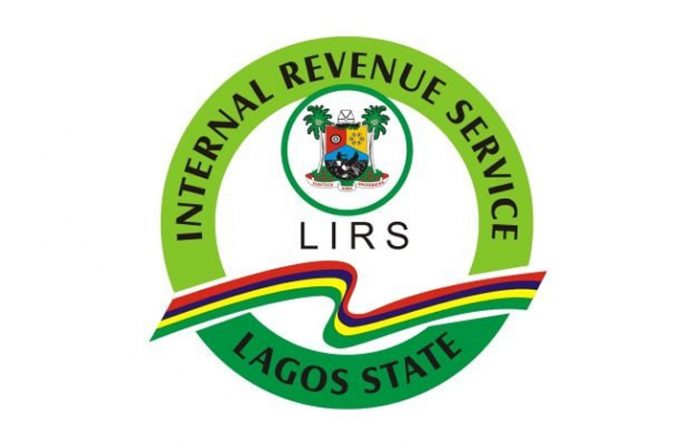Segun Agbaje, Managing Director and CEO of Guaranty Trust Bank (GTBank)
Guaranty Trust Bank (GTB) released full-year 2017 audited numbers announcing a 34% YoY expansion in EPS to N6.03 (2017E: N5.67). In addition, the bank declared a final dividend of N2.40 which in addition to interim of N0.30 brings total payout to N2.70 – 10kobo below our N2.81 call. The final dividend translates to a dividend yield of 5.1% on current pricing.
In terms of the result, strong Net Interest Margin (NIMs) and a sizable decline in impairment provided a strong pillar of support to GTB’s FY 17 earnings on account of the higher interest rate environment for most part of 2017 as well as its prudent stance to increase collective impairment in 2016 which created scope for write-backs and masked the higher specific impairment booked in 2017. ROE printed higher at 27.3% (2016: 26.2%).
NIMs moderates in Q4 despite strong FY. As earlier stated, interest income tracked higher in FY 17, printing at a record level of N327 billion (+25% YoY) driven by higher yields on investment securities (+12.9pps YoY to 23%) which in turn drove overall asset yields 192bps higher YoY to 12.0%. Consequently, despite a slower rise in funding cost (+64bps YoY to 3.4%), NIMs expanded by 154bps YoY to 9.5%. That said, over the last quarter of 2017, the bank faced a combination of lower asset yields and subsisting pressure on the funding leg which depressed NIMs by 93bps QoQ to 10.8%. Much of the funding pressure emanated from borrowings which, in our view, reflects the FX impact of its FCY liabilities.
FX gains provided support to NIR
Over the fourth quarter of 2017, non-interest revenue (NIR) expanded over double-fold QoQ to N30.5 billion stemming from a N13.9 billion in FX revaluation gains. The gains reflected revaluation of its FCY position at the NIFEX rate (N330/$) from prior CBN rate (N305/$). However, fee income declined markedly by 72% QoQ to N3.2 billion given negative e-business income of N1.7 billion in Q4 17 and cost on FX deals (N2.0 billion). While we await management’s clarification on the negative e-business income and FX deals line item, the negative e-business income, in our view, reflects the mark-to-market loss on its MasterCard position (estimate: $40million). Nonetheless, GTB reported material decline in NIR over FY 2017 due to lower foreign exchange revaluation gain (-71% YoY), though fee income increased mildly by 9% YoY.
Lower impairment nevertheless higher specific provisioning
Over FY 2017, loan loss provision materially declined to N12.2 billion (2016: N65 billion) on the back of N18 billion write-back on the collective provisioning leg – which accounted for 78% of total provision in the prior year – as the strong FX induced earnings expansion provided GTB leg room to adopt a more conservative stance over loan quality, in our view. That said, specific provisioning expanded double-fold YoY to N32 billion with much of this booking coming in the fourth quarter (N17.9 billion) – impairment printed expanded by 233% QoQ to N3.8 billion in Q4 17 with Cost of Risk expanding by 73bps to 1.1%. While we await management clarification on the increase in specific provisioning, we think much of the increase reflects a ~40% haircut on 9mobile exposure (N40 billion as at H1 2017).
Overall, GTB’s ROAE rose 154bps YoY to 27.8% on account of favorable balance sheet positioning and prudent stance on asset quality. Irrespective, While GTB numbers looks impressive, concerns emanate from the sustainability of these numbers. In an era of lower interest rate environment with an expected flat movement in funding cost, and little room for further write-backs from provisioning as well as less scope for FX gains, it is hard not to question the sustainability of earnings growth momentum.
The stock currently trades at a current P/B of 2.2x which is at a premium to peers of 1.7x, which is fair in the light of GTB’s best-in-class ROAE relative to the rest of the sector. Our last communicated FVE on GTB is N55.20 which translates to an OVERWEIGHT rating on the stock. We will revisit our numbers after further analysis and discussion with management.














